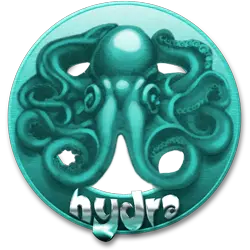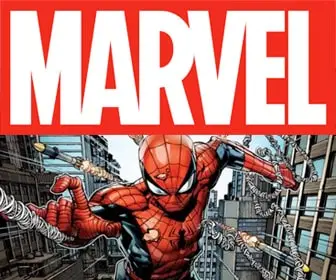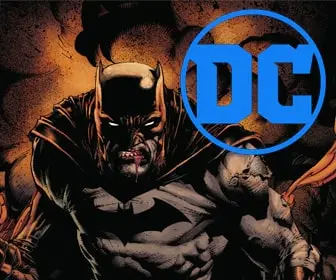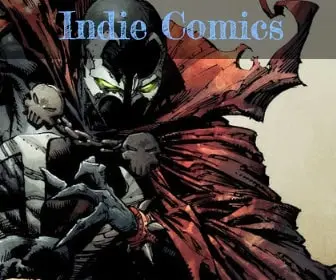
Gustave Doré: The Master of Dramatic Pictures!
Have you ever read a really exciting book and wished you could see the story come to life? Well, back in the 1800s, there was a super talented French artist named Gustave Doré (say: goo-STAHV door-AY) who had an incredible imagination and the skill to create dramatic and captivating illustrations for some of the world’s most famous books. His pictures weren’t just drawings; they were like visual adventures that helped readers truly experience the stories they were reading. Let’s dive into the life and amazing artwork of this master illustrator!

Who Was Gustave Doré?
Gustave Doré was born in Strasbourg, France, in 1832. Even as a young boy, he showed an amazing talent for drawing. It’s said that he could draw incredibly detailed scenes from memory! Unlike some artists who had to go through long apprenticeships, Doré was largely self-taught. He had a natural gift and a strong drive to create.
He started his artistic career quite young. By the time he was a teenager, he was already creating illustrations for books and magazines. His talent was quickly recognized, and he soon became one of the most sought-after illustrators in France.
Bringing Stories to Life
Doré’s real passion was illustrating books. He had a remarkable ability to capture the mood, characters, and key moments of a story in his drawings. His illustrations weren’t just simple pictures; they were full of drama, emotion, and incredible detail. When people read books illustrated by Doré, it felt like they were stepping right into the story.
He worked on a huge number of books throughout his career, illustrating classics like:
- The Bible: His powerful and dramatic illustrations brought biblical stories to life for countless readers.
- Dante’s “Divine Comedy”: His depictions of heaven, purgatory, and hell were so vivid and imaginative that they remain iconic today.
- John Milton’s “Paradise Lost”: His illustrations captured the epic scale and dramatic conflict of this famous poem.
- Miguel de Cervantes’ “Don Quixote”: His humorous and poignant drawings perfectly complemented the adventures of the eccentric knight.
- Edgar Allan Poe’s works: His dark and atmospheric illustrations enhanced the eerie and mysterious nature of Poe’s stories.
What Made Doré’s Illustrations So Special?
Doré’s illustrations had a unique style that made them instantly recognizable and incredibly impactful:
1. Dramatic Lighting and Shadow: Creating Mood
One of the most striking features of Doré’s work was his masterful use of light and shadow. He used strong contrasts to create dramatic effects, highlighting important figures and casting deep shadows to build atmosphere and tension. This technique made his illustrations feel almost theatrical.
Imagine a stage play where spotlights focus on the main characters while the background is shrouded in darkness. Doré used light and shadow in a similar way to draw your eye and create a sense of drama.
2. Incredible Detail and Scale: Epic Visions
Doré’s illustrations were often incredibly detailed, showing vast landscapes, crowded scenes, and intricate architectural details. He had a knack for creating a sense of scale, making you feel the grandeur of a scene or the smallness of a character within a large environment.
Think of a movie with sweeping panoramic shots that show the vastness of a landscape. Doré could create that same feeling in his drawings.
3. Dynamic Compositions: Action and Movement
His illustrations weren’t static; they often conveyed a strong sense of movement and action. Whether it was a battle scene, a character fleeing, or a supernatural event, Doré’s compositions were full of energy and made you feel like you were right there in the middle of the action.
Imagine a comic book panel bursting with energy and movement. Doré’s illustrations had that same dynamic quality.
4. Expressive Characters: Showing Emotions
Doré was skilled at capturing the emotions of his characters through their facial expressions, body language, and interactions. You could often tell what a character was feeling just by looking at his illustrations, whether it was fear, joy, sorrow, or determination.
Think of a close-up shot in a movie that focuses on an actor’s face to show their emotions. Doré could achieve that same emotional impact in his drawings.
5. Imagination and Fantasy: Bringing the Unreal to Life
Many of the books Doré illustrated had fantastical or supernatural elements. His incredible imagination allowed him to bring these unreal worlds and creatures to life in a way that was both believable and awe-inspiring. His depictions of angels, demons, and mythical beasts were particularly memorable.
Imagine the amazing creatures and worlds you see in fantasy movies. Doré had that same level of creativity in his artwork.

Famous Works by Gustave Doré
Doré created thousands of illustrations throughout his career. Here are a few of his most famous works and the books they brought to life:
1. Illustrations for Dante’s “Divine Comedy” (1861-1868): Journey Through the Afterlife
His illustrations for Dante’s epic poem, especially his depictions of Hell, are some of his most powerful and enduring images. They are filled with tormented souls, terrifying landscapes, and dramatic encounters.
Imagine a visual tour through the afterlife, from the horrors of Hell to the celestial beauty of Paradise – Doré’s illustrations provided just that.
2. Illustrations for Milton’s “Paradise Lost” (1866): The Fall of Mankind
Doré’s illustrations for this epic poem captured the grandeur of angels and demons, the beauty of Eden, and the tragic fall of Adam and Eve. His depictions of Satan are particularly striking.
Think of a visual representation of the battle between good and evil, and the story of humanity’s origins – Doré’s illustrations brought this epic tale to life.
3. Illustrations for Cervantes’ “Don Quixote” (1863): The Adventures of a Dreamer
His humorous and sympathetic illustrations perfectly captured the quirky character of Don Quixote and his loyal companion Sancho Panza as they embarked on their comical adventures.
Imagine the funny and sometimes sad story of a man who believes he’s a knight – Doré’s illustrations added a wonderful visual layer to this classic tale.

4. Illustrations for the Bible (1866): Bringing Sacred Stories to Life
Doré’s dramatic and often monumental illustrations for the Bible made these well-known stories even more impactful for readers. His depictions of key biblical events are still widely recognized.
Think of seeing the most important stories from the Bible visualized with incredible power and emotion – that’s what Doré’s illustrations achieved.
5. Illustrations for Edgar Allan Poe’s “The Raven” (1884): A Master of the Macabre
His eerie and atmospheric illustrations perfectly complemented the dark and mysterious tone of Poe’s famous poem about loss and despair.
Imagine the haunting imagery of a talking raven in a dimly lit room – Doré’s illustrations amplified the poem’s chilling effect.
Doré’s Impact on Art and Illustration
Gustave Doré was a hugely influential figure in the world of illustration. His dramatic style and his ability to bring stories to life visually had a lasting impact on artists who came after him. His work helped to elevate the status of illustration as a serious art form.
His illustrations were so popular that they were often displayed as works of art in their own right. He showed how powerful images could be in enhancing the reading experience and in creating lasting impressions of beloved stories.

Why Should We Still Admire Doré’s Work?
Even though Gustave Doré lived over a century ago, his illustrations still have the power to captivate and inspire us today. His incredible skill, his vivid imagination, and his ability to create such dramatic and memorable images continue to impress. When we look at his artwork, we can truly appreciate the power of visual storytelling and the magic that happens when a talented artist brings words to life.
So, the next time you read a book with illustrations, take a moment to think about the artists who work to create those visual worlds. And remember Gustave Doré, the master of dramatic pictures, who showed us just how powerful and captivating book illustrations can be!










